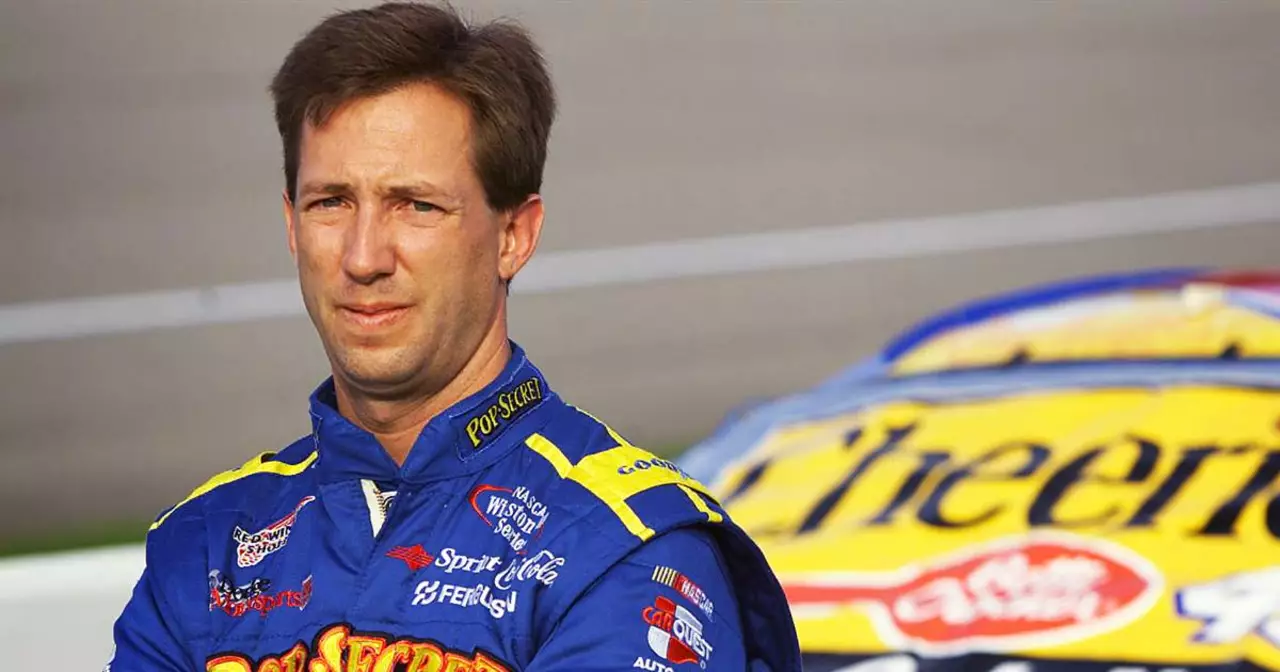Driver Insights: Boost Your Racing Skills Today
If you love speed, you probably wonder how the best drivers stay on top. The answer isn’t a secret – it’s a mix of regular practice, smart training, and knowing which motorsport pushes the limits the most. In this guide we’ll break down what pros do on the track, compare the skill demands of different racing series, and give you easy steps to raise your own game.
How Often Do Pro Drivers Practice?
Professional racecar drivers treat practice like a second job. Most of them spend several days a week on‑track, logging anywhere from 3 to 6 hours of real‑world laps. That time isn’t just about going fast; it’s about learning every corner, testing tire limits, and fine‑tuning car balance.
Off the track, they hit the gym, run data analysis sessions, and sit in simulators. A typical week might look like this:
- On‑track drills: 2‑3 sessions focusing on corner entry, braking points, and race‑start starts.
- Simulator work: 4‑5 hours tracking new circuits, practicing wet‑weather techniques, and running race‑pace laps.
- Physical training: cardio, core work, and neck exercises to handle high G‑forces.
- Data review: watching onboard footage, comparing lap times, and discussing setup changes with engineers.
Consistency beats intensity. Even a single extra hour of focused lap work each week can shave tenths off a lap time. If you’re an amateur, aim for at least two on‑track sessions per month and a few hours of simulator time each week.
Which Motorsport Requires the Most Skill?
Everyone argues about the toughest racing discipline. The truth is each series tests a different mix of abilities.
Formula 1 demands razor‑sharp precision. Drivers manage complex hybrid power units, execute split‑second gear changes, and keep the car glued to the limit on high‑speed corners. The physical strain is huge – up to 5 G in fast bends – and the mental load is nonstop.
Rallying throws drivers into ever‑changing surfaces. One minute you’re on dry tarmac, the next you’re sliding on gravel or snow. Success hinges on car control, quick adaptation, and trust in a co‑driver’s pace notes.
Endurance racing, like Le Mans, mixes speed with stamina. Drivers share a car for up to 24 hours, so they must stay consistent, manage fatigue, and work closely with teammates on strategy and night‑time driving.
If you ask most insiders, they’ll name Formula 1 as the pinnacle of driver skill because it merges raw speed, technical knowledge, and physical endurance in a single package. But rally fans will counter that the ever‑changing terrain makes their sport the true test of car control.
Whatever discipline you choose, the key to mastering it is focused practice, analyzing mistakes, and staying physically fit.
Ready to improve? Start by setting a weekly schedule that blends on‑track laps, simulator work, and strength training. Track your lap times, note where you lose speed, and tweak your approach each week. Over time you’ll see the same steady gains that pros rely on.
Remember, becoming a better driver isn’t about one big breakthrough – it’s about piling up small improvements day after day. Keep the schedule tight, stay curious, and enjoy every lap you run.

Who is John Casey IndyCar?
I recently came across an interesting personality in the world of IndyCar racing, John Casey. He is a successful engineer and strategist in the sport, known for his innovative approach to race car design and team management. Over the years, he has worked with top teams and drivers, contributing to their success on the track. It's amazing how his passion and knowledge have had such a significant impact on the racing world. I can't wait to learn more about John Casey and his incredible journey in the IndyCar series!
Read More